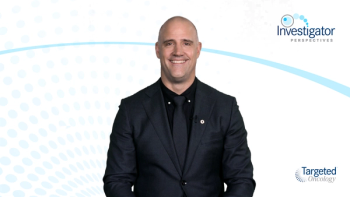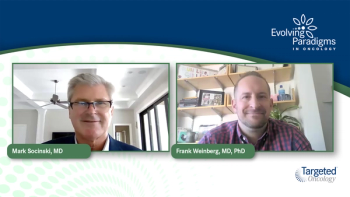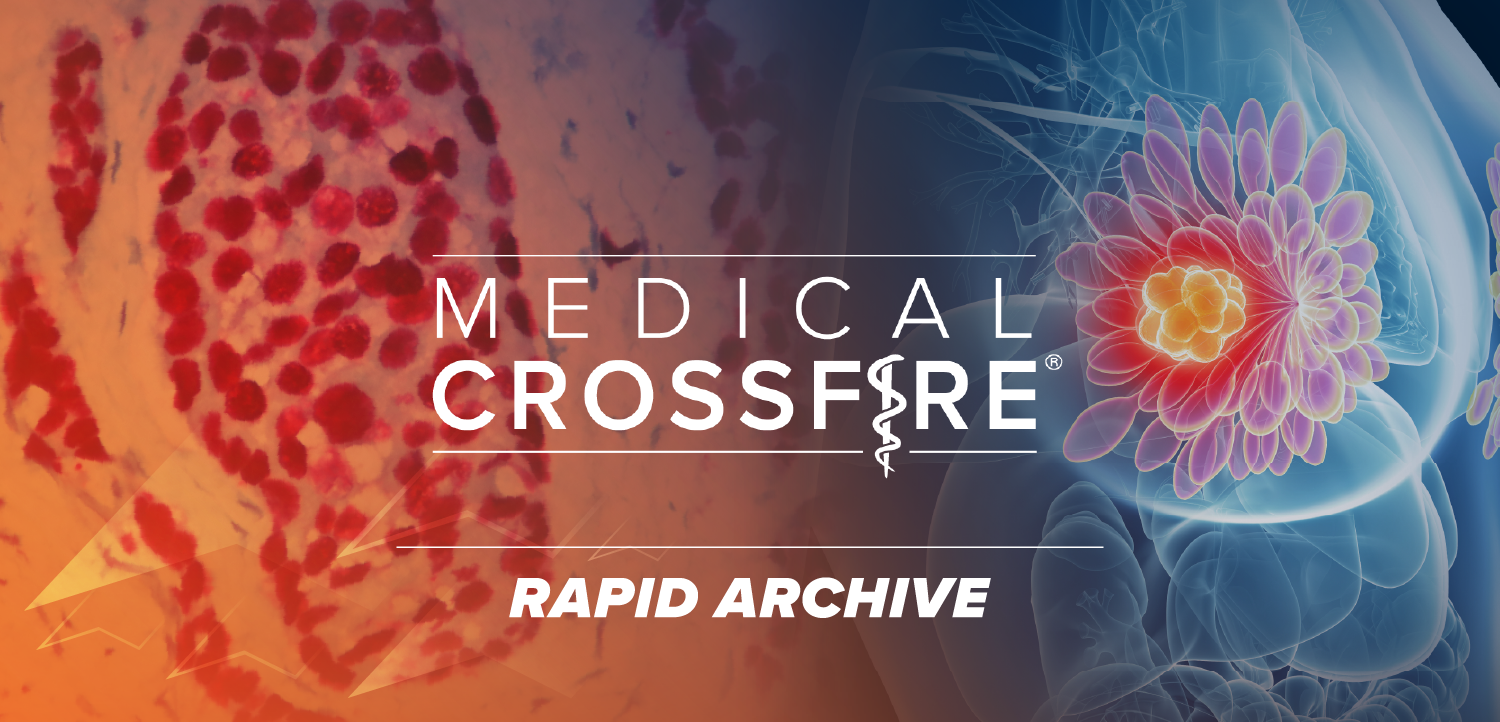
Opinion|Videos|April 30, 2025
Future Directions in BPDCN Treatment
Author(s)Hetty E. Carraway, MD
An expert discusses how addressing unmet needs in early diagnosis, treatment options, and long-term management, alongside exploring targeted therapies, combination approaches, and advancements in stem cell transplantation, holds promise for more effective and less toxic treatments for blastic plasmacytoid dendritic cell neoplasm (BPDCN).
Advertisement
Episodes in this series

Summary for Physicians:
1. Unmet Needs in Managing BPDCN:
- Early Diagnosis: BPDCN is often diagnosed late, leading to poorer outcomes. Improved early detection methods are needed.
- Treatment Options: Limited effective therapies are available, and there is a need for more targeted, less toxic treatments.
- Long-Term Management: Few strategies exist for managing long-term remission and preventing relapse.
2. Clinical Pearls and Emerging Treatments:
- Targeted Therapies: New therapies targeting CD123 are showing promise in improving treatment outcomes with fewer adverse effects.
- Combination Approaches: Combining existing drugs with novel agents could enhance efficacy and reduce relapse rates.
- Stem Cell Transplantation: Advancements in stem cell transplants may offer better long-term remission prospects.
These emerging approaches offer hope for more effective, less toxic treatments for BPDCN.
Advertisement
Advertisement
Advertisement
Trending on Targeted Oncology - Immunotherapy, Biomarkers, and Cancer Pathways
1
FDA Approves Subcutaneous Amivantamab for EGFR-Mutated NSCLC Indications
2
Long-Term ECHO Data Support Concurrent Acalabrutinib/BR in MCL
3
Pelareorep Offers Promise in Second-Line KRAS-Mutant Metastatic CRC
4
FDA Grants Regular Approval to Rucaparib for BRCA-Mutated mCRPC
5










































